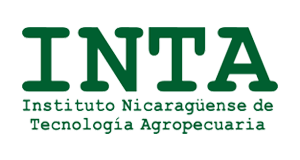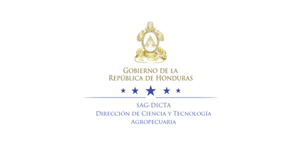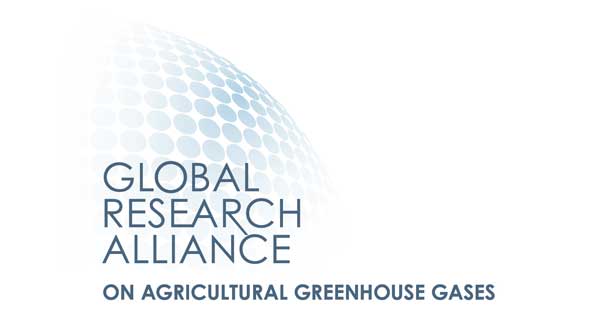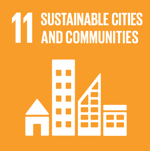Competitive livestock systems in the context of climate change
Strategies to improve feed digestibility and decrease enteric fermentation resulted in lower greenhouse gas (GHG) emissions in Central America
Context of the story
Enteric fermentation (methane) is the main source of GHG emissions. The most productive farms had lower emissions due to their mitigation strategies, such as supplementing with high-quality forage and using improved pastures. Although 88% of producers do not have any manure management plan at all, some farms use it for biogas or biofertilizer production. These strategies are especially important in the current context where there is no differentiated price for products produced in a more environmentally friendly manner.
GHG sources
The implemented initiative
The first phase of the project consisted of the analysis of GHG emissions and livestock farms' profitability. Then, nitrous oxide (N2O) and methane (CH4) emissions were experimentally quantified. To estimate GHG, all emissions generated inside and outside of the farms were taken into consideration. For consistency, all GHG emissions were expressed as CO2e.
Farm management as a tool to reduce GHG
The technological solution
Farms with lower intensification only have grazing systems and generate more CH4 emissions than greater intensification farms. In contrast, farms with greater intensification systems have feeding strategies such as supplementing lactating cows with commercial concentrates, minerals, and silage. Furthermore, they tend to implement more management strategies such as pasture management plans, soil analysis, technical fertilization recommendations, rest periods, proper animal load and type of grasses and legumes usage. All these strategies result in greater milk production per cow and lower CH4 emissions per liter of milk produced.
Participating countries
Results
Enteric fermentation is the main source of livestock emission. Farms less intensified only have grazed animals and generate 103% more methane emissions than more intensified farms that supplement with forage banks and concentrates. Furthermore, more intensified farms produce an average of 2.1 more liters of milk per cow.
Relevant data
Sources of GHG emissions from farms
Graphics
Better management practices and silvopastoral systems
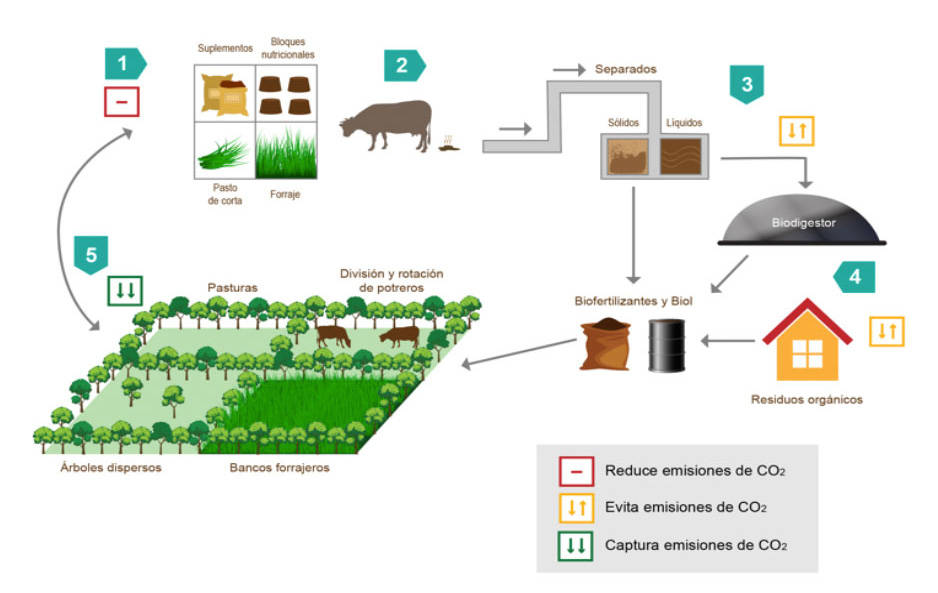

 Back to the project
Back to the project Costa Rica
Costa Rica Honduras
Honduras Nicaragua
Nicaragua Panama
Panama Germany
Germany


